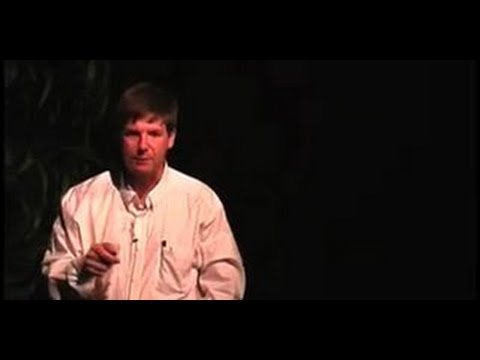Description:
Explore the greatest biodiversity crisis in Earth's history through this lecture by Professor Douglas Erwin of the Santa Fe Institute. Delve into the End-Permian mass extinction that occurred 250 million years ago, wiping out over 90% of marine species in a relatively short geological timeframe. Learn about Erwin's extensive research conducted in China, South Africa, and the western United States as he investigates the causes and consequences of this catastrophic event. Discover key concepts such as the Cambrian fauna, carbon cycles, and the Lazarus taxa. Examine evidence from various geological sites, including Mei Xiang, Turkey, Iran, and Siberia. Understand the role of metallic fuels, coal basins, and sulphate reduction in the extinction process. Gain insights into the aftermath of the extinction and its long-lasting impact on Earth's ecosystems.

The Mother of Mass Extinctions: How Life on Earth Nearly Ended 250 Million Years Ago
Add to list